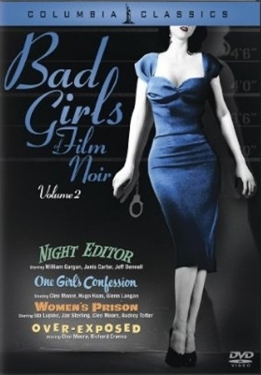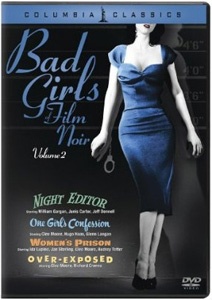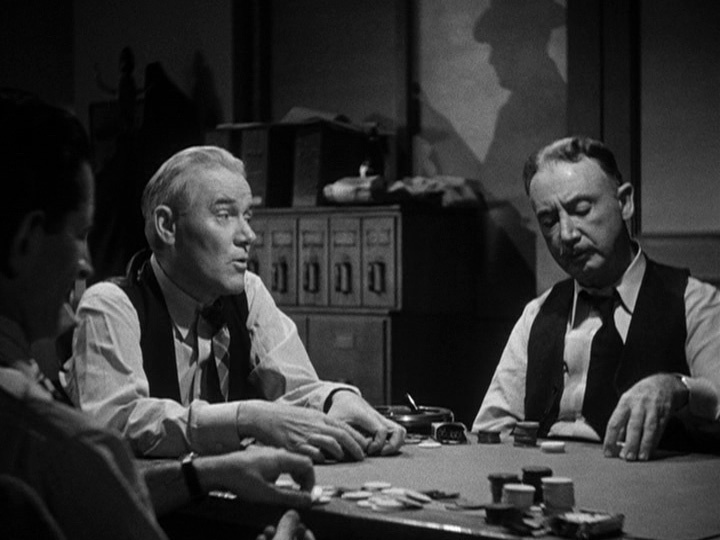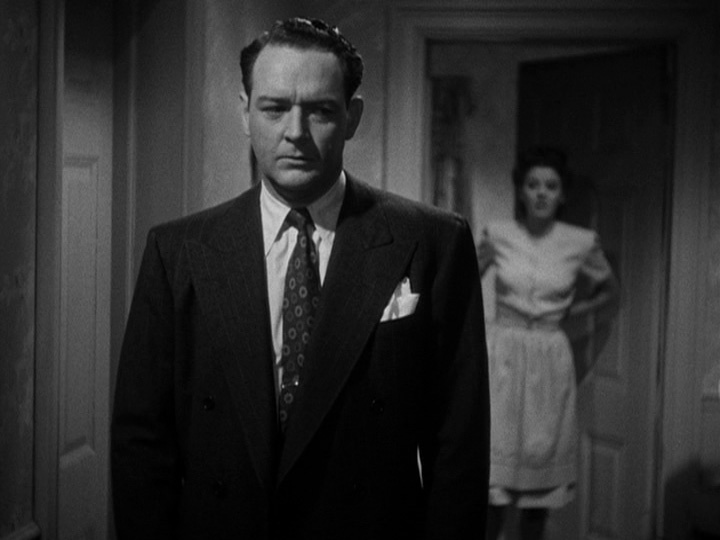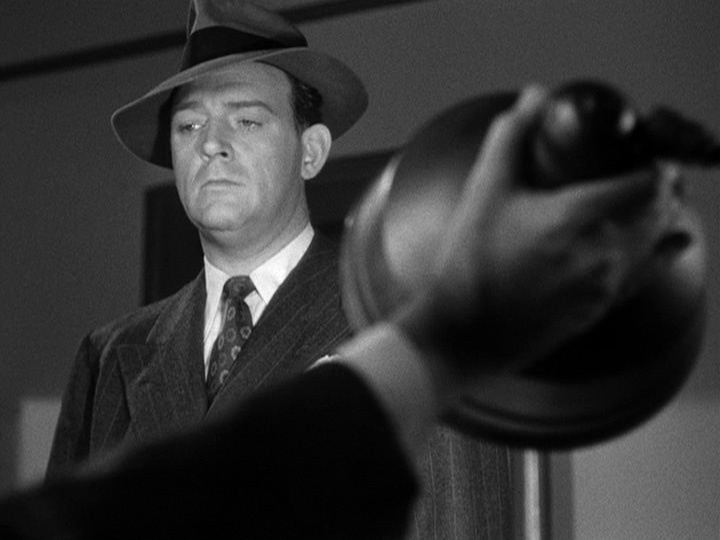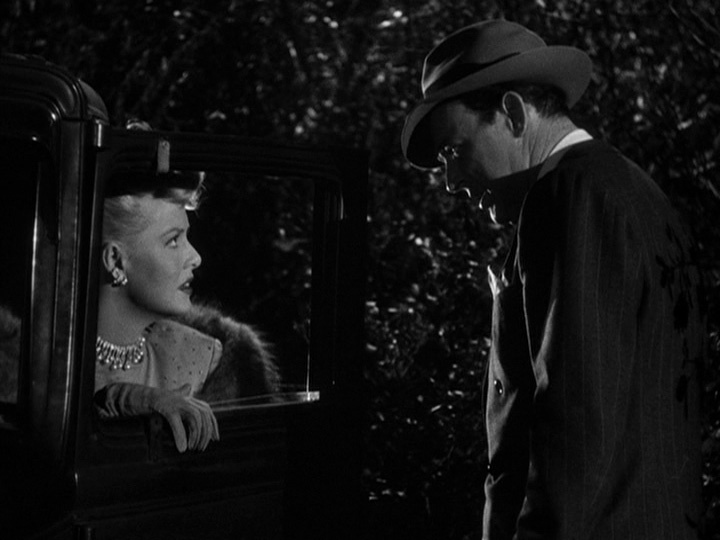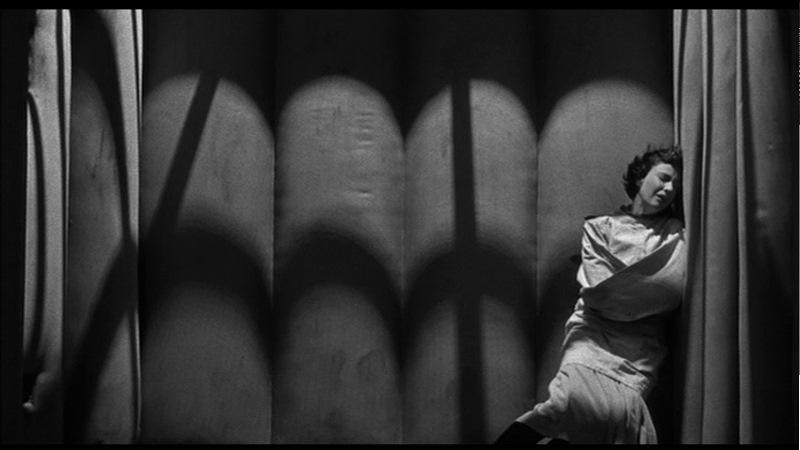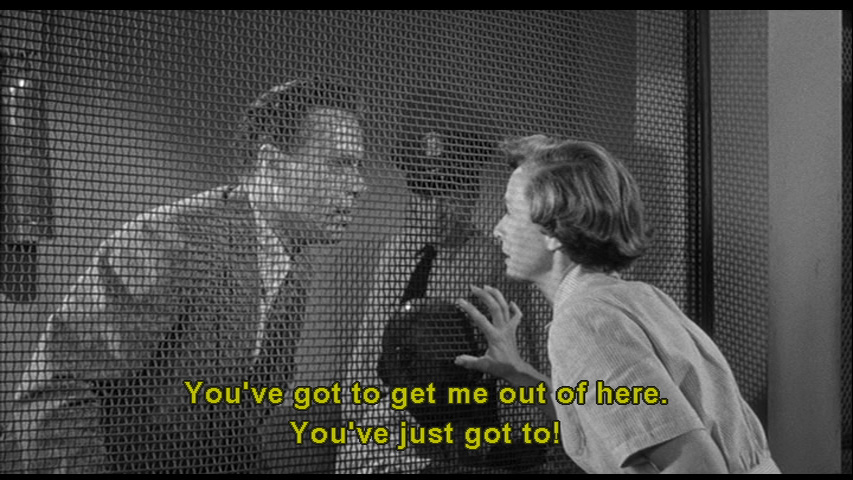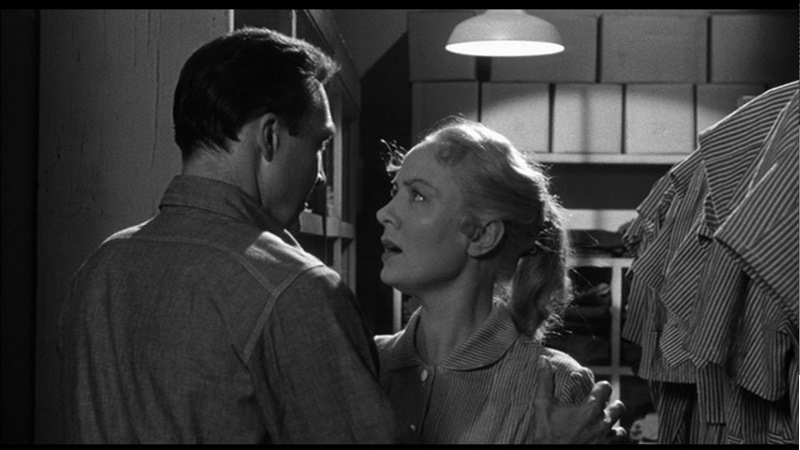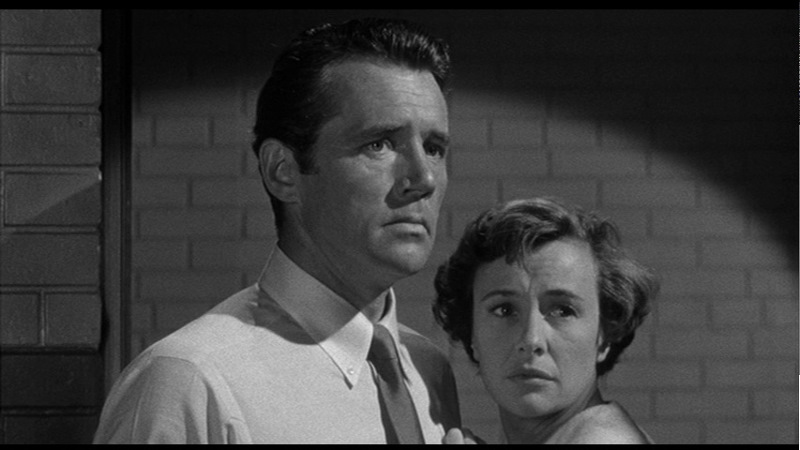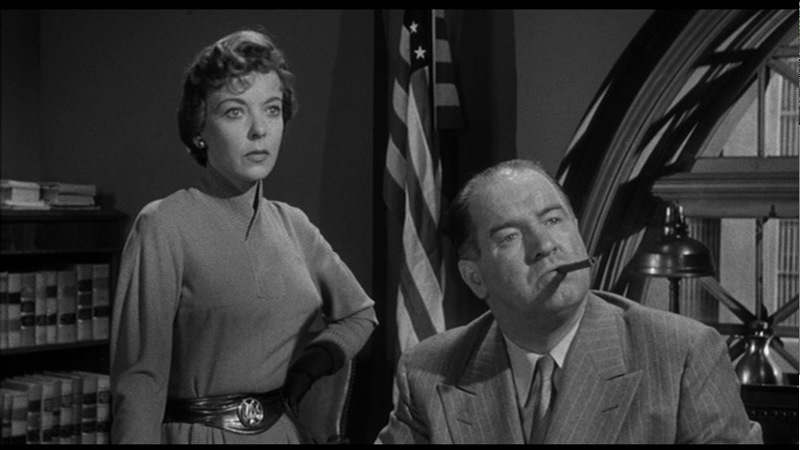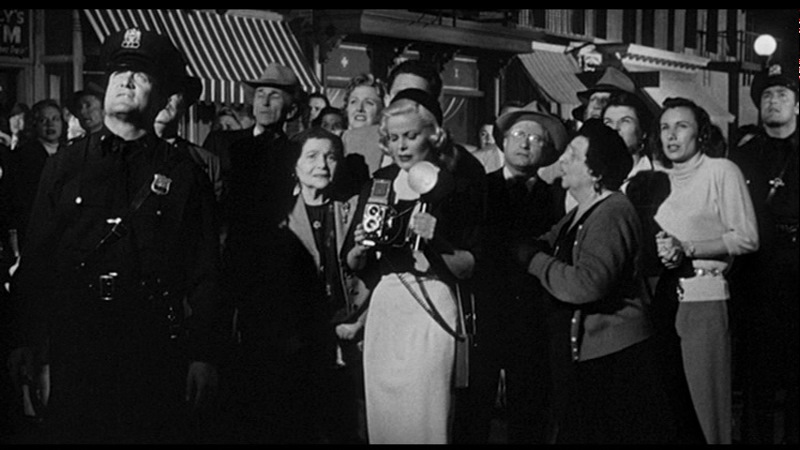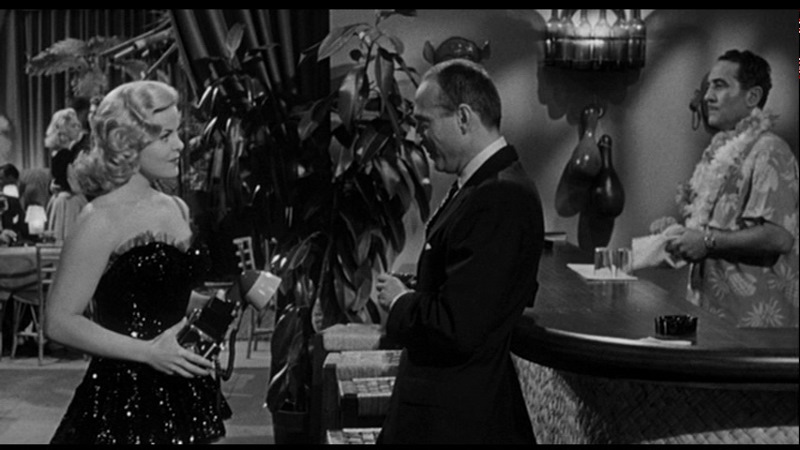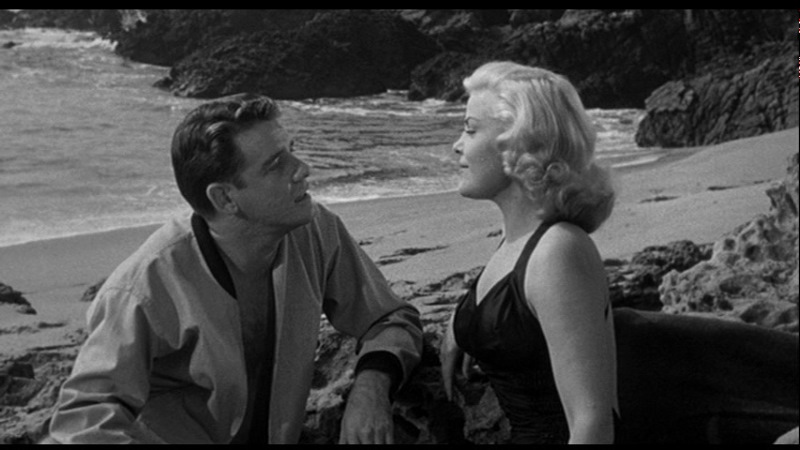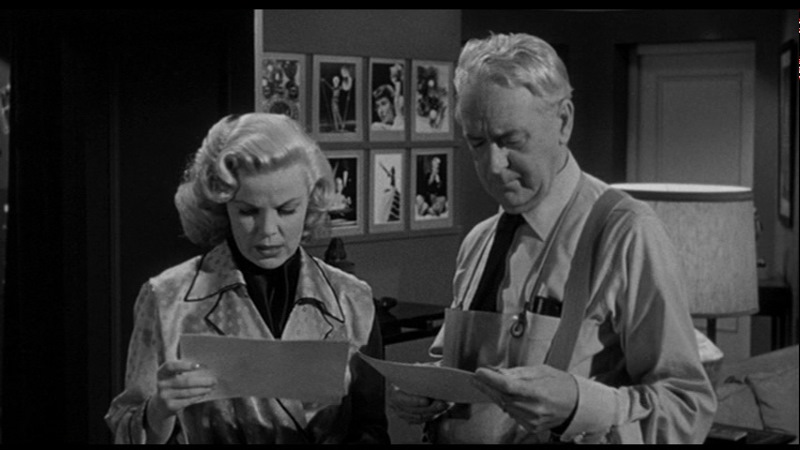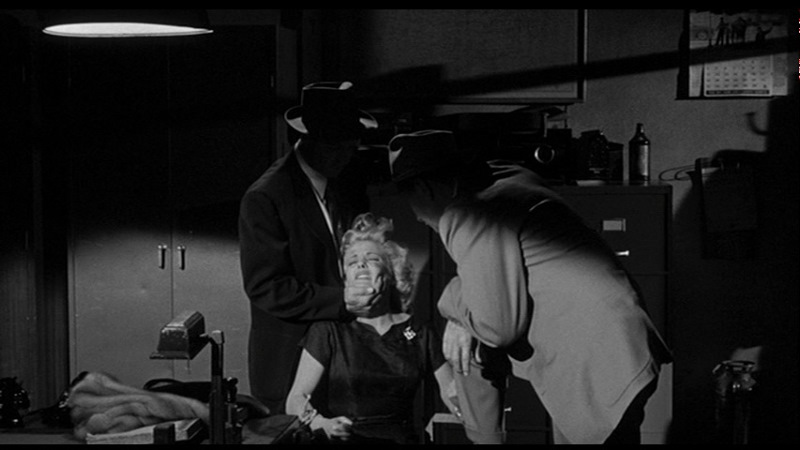|
|
|
Search DVDBeaver |
S E A R C H D V D B e a v e r |
|
|
Bad Girls of Film Noir, Vol. 2
Night Editor (1946) One Girl's
Confession (1953)
Women's Prison (1955) Over-Exposed (1956)
| Cleo Moore, Audrey Totter, Jan Sterling, Ida Lupino and Janis Carter. Forgery, adultery, theft, blackmail and murder. The Bad Girls of Noir are back, in Volume 2, and these gorgeous gals with malice in their hearts are sure to thrill hard-boiled fans of Noir. Fan favorite Cleo Moore finally gets her due in three films that highlight the talents of the beauty who was compared to Marilyn Monroe, but whom fans love for her earnest, if stilted portrayals of dim-witted gals who can't catch a break. Four films, restored and re-mastered are all new to DVD, and sure to provide plenty of excitement for the noir aficionado. Watch out for these gals, they're dangerous--which makes them oh, so fun to watch.' |
Titles
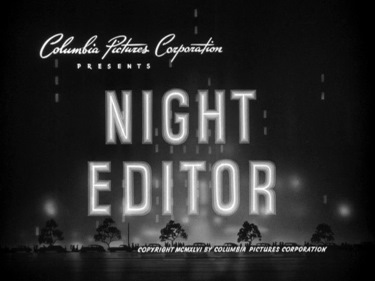 |
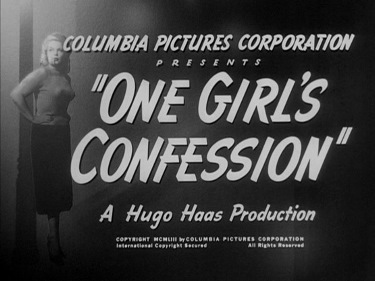 |
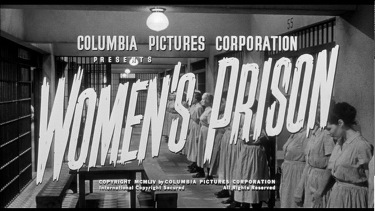 |
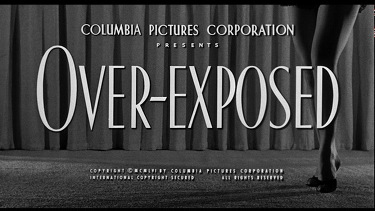 |
|
Overview:
Columbia has reached deep into their
vaults to come up with some previously unissued gems.
But here's an important travel advisory: Just because a
movie is in black & white doesn't make it noir. Let me
repeat that: Just because a movie is in black & white
doesn't make it noir. Nor does a movie qualify for noir
status just because it's black & white and made in the
fifties or late forties, nor even if it has one of those
femme fatale actresses we conjure up when we think of
the genre (or "style" or "sub-genre" or whatever).
Without attempting a definition of "noir", I think we
can all agree on what it is not: it is not: tidy endings
or pleasant romances. And it is not a public service
announcement in melodramatic form. |
Posters
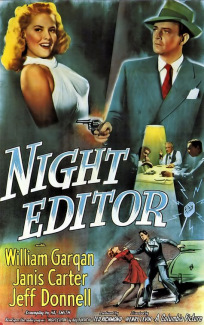 |
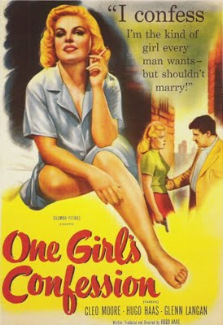 |
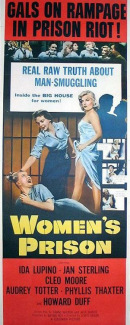 |
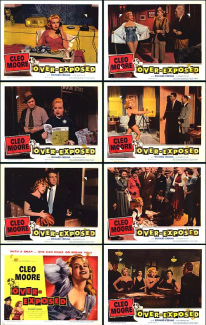 |
Theatrical Releases: 1946 - 1956
DVD Review: Sony (2-disc) - Region 1 - NTSC
|
DVD Box Cover |
|
CLICK to order from:
|
| Distribution | Sony - Region 1 - NTSC | |
| Audio | English (original mono) | |
| Subtitles | English, English (SDH), None | |
| Features |
Release Information: Edition Details:
|
|
| Comments: |
Night Editor Directed by Henry Levin 1946 Written by Scott Littleton & Hal Smith Photographed by Burnett Guffey (From Here to Eternity, Birdman of Alcatraz, Bonnie and Clyde) Featuring: William Gargan, Janis Carter, Jeff Donnell and Coulter Irwin
Aspect ratio: 1.33:1 Audio: English mono. Subtitles: English & English SDH Duration: 66 minutes (1:06:25) Chapters: 12
Night Editor features William Gargan (if you don't know the name, you'll recognize the face) as a newspaper editor who recounts the inside story behind the headlines: This one is about a married police detective (Coulter Irwin) who witnesses a murder while in the company of another woman (Janis Carter) with whom he is having an affair. To avoid embarrassing complications he does not report what he saw. As ironic luck would have it, he is assigned to the murder case. It's the stuff a good B-movie could have a field day with, and this is a good B-movie. bringing the total to 281 films).
Image & Sound The source elements are good, with no distracting scratches or blemishes. The transfer preserves film grain and contrast that offers strong blacks and good sharpness, consistent with expectations for the scene and lighting. Despite this being the oldest of the eight films in these two volumes, dialogue is crisp and office sounds are convincing enough. The music for this movie was composed by Mario Castelnuovo-Tedesco, more famous as the composer of a popular Concerto for Guitar.
One Girl's Confession Directed by Hugo Haas 1953 Written by Hugo Haas (who has done it all: producer, writer, director, and actor, all of it here, and none of it particularly memorably) Photographed by Paul Ivano (From Here to Eternity, Birdman of Alcatraz, Bonnie and Clyde) Featuring: Cleo Moore, Hugo Haas, Glenn Langan, Ellen Stansbury
Aspect ratio: 1.33:1 Audio: English mono. Subtitles: English & English SDH Duration: 73 minutes (1:13:35) Chapters: 12
Don't be surprised if you are unfamiliar with any of the people involved in this movie. Cleo Moore made a career of B-movies and has starring roles in two of the films in this collection and a supporting role in a third. Here the body beautiful serves her time and then tries to find a trustworthy person to help her locate the thousands she stole and buried. Glenn Langan (The Amazing Colossal Man, The Snake Pit) is, by turns, the lucky and unlucky chap. One Girl's Confession gets a little too caught up in manufactured irony, but it's a good time all the same.
Image & Sound The image is generally quite good, but shows occasional contrast inconsistencies scene to scene: some good, some flat, some bright, some dark, some soft, some razor sharp. There are no distracting blemishes. The audio is clear, unremarkable mono.
Women's Prison Directed by Lewis Seiler 1955 Written by Jack DeWitt and Crane Wilbur Photographed by Lester White (Sherlock Holmes & the Secret Weapon) Featuring: Ida Lupino, Jan Sterling, Audrey Totter, Phyllis Thaxter, Warren Stevens and Howard Duff
Aspect ratio: 1.85:1 Audio: English mono. Subtitles: English & English SDH Duration: 80 minutes (1:19:40) Chapters: 12 This galactically unimaginative title suggests the pulpiest of exploitation movies. Women's Prison, "where caged men are separated only by a thick wall from caged women" features one of the more illustrative casts of the eight films in this collection. The hands-on warden is played by Ida Lupino: she feels that every inmate should be treated equally – equally badly. Jan Sterling is a returning convict on a forgery rap; Phyllis Thaxter (known primarily for her work on television, she would go on to play Superman's Earth mother) arrives with her on a manslaughter conviction, having killed a child while driving her car. No one in this film denies their guilt. In Thaxter's case, she is quite consumed by it and "cracks up" the moment the iron door closes behind her. Audrey Totter's husband, Warren Stevens, is in for a long hitch next door and spends his time trying to get over the wall to see his wife on an "urgent matter" that only he can satisfy. Howard Duff is the sympathetic, but often powerless, prison doctor, who has some theories about why the Lupino is the way she is. Vivian Marshall does impersonations – her Bette Davis is about the best I've seen. Women's Prison is high and mighty melodrama given a committed face by an excellent cast.
Image & Sound The source elements are very good with no distracting scratches or blemishes. Contrast and sharpness is very good. The audio is very good here, with solid weight to the iron door that closes on poor Phyliss, yet subtle enough to make out the whisper of oxygen fed into one of the inmates' infirmary tent. This is one of the better looking and sounding titles across the two volumes of "Bad Girls of Film Noir".
Over-Exposed Directed by Lewis Seiler 1956 Written by James Gunn & Richard Sale Photographed by Henry Freulich Featuring: Cleo Moore, Richard Crenna, Raymond Greenleaf, Isobel Elsom, James O'Rear and Constance Towers
Aspect ratio: 1.85:1 Audio: English stereo. Subtitles: English & English SDH Duration: 80 minutes (1:19:50) Chapters: 12
All that buxom Cleo Moore wants is respect, particularly from those least likely to give it. She sees any and every good turn as a thinly veiled proposition to get into her pants. Raymond Greenleaf is a once-respected portrait photographer, now at the end of his career taking "a sip now and then," who teaches the trade to Cleo. She tries to go straight, so to speak, but as usual no one takes her seriously. An earnest Richard Crenna bumps into her one day and tries to encourage her to climb the ladder slowly and deliberately. But she wants it all, now. And she gets it, or nearly. James O'Rear plays a reporter for an ersatz National Enquirer and invites Cleo to get the pictures that would support his embarrassing stories. Blackmail lurks just around the corner. Over-Exposed doesn't quite find a consistent tone. It seems at first to want to be a light comedy, and then a thriller, while all the while maintaining a moralistic message. It's all so 50s, one has to blush.
On a personal note, I found something that truly endeared me to this movie. Perhaps you've noticed how often some behavior or language in a film relating to your own profession fails to meet the minimal requirements for verisimilitude. For example, a character who is supposed to be a photographer stands three feet from his subject with what is obviously a normal focal length lens yet somehow obtains a full length portrait. Not in this universe. In Over-Exposed, Cleo Moore often behaves as a photographer would. In one scene she goes to the trouble of moving aside a distracting place setting on a restaurant table before taking a portrait of someone sitting one the other side of the table. That's really remarkable, and done without bringing any attention to itself. In fact, we get a pretty good idea how Cleo gets the kind of portraits she becomes famous for. Watch how she generates the inner person by the way she talks to them. Very impressive.
Image & Sound The source elements are generally very good, though with a few moderately washed out stretches. There are no distracting scratches or blemishes. Contrast and Sharpness is also quite good, often excellent. The audio is in stereo, which permits its clearly recorded dialogue to be appropriately located across the frame.
RecommendationBy now it should be clear that none of these movies have any claim to "noir" status. Even the notion of "bad girl" is a bit thin. All the same, there isn't a single loser in the bunch, and several are quite good and have high rewatchabilty credentials. Too bad about the lack of Extra Features. Both volumes are recommended. Good value for the money, too. Leonard Norwitz LensViews January 22, 2010 |
Sample DVD Menus
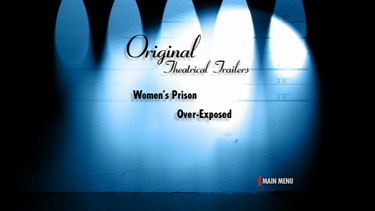 |
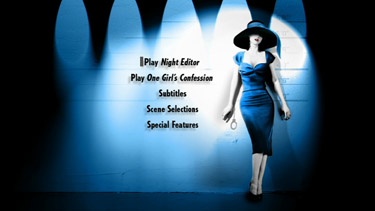 |
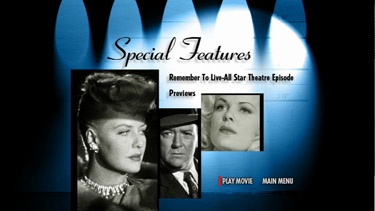 |
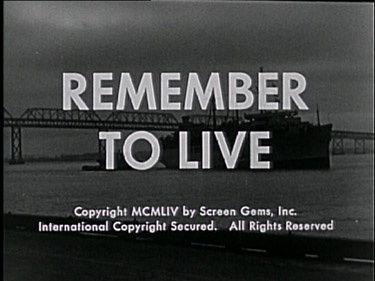 |
Night Editor (1946)
|
|
|
|
|
|
|
|
One Girl's Confession (1953)
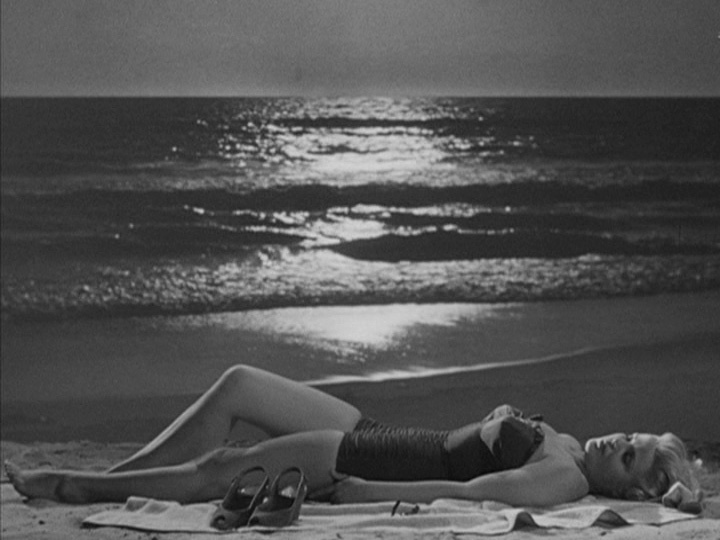 |
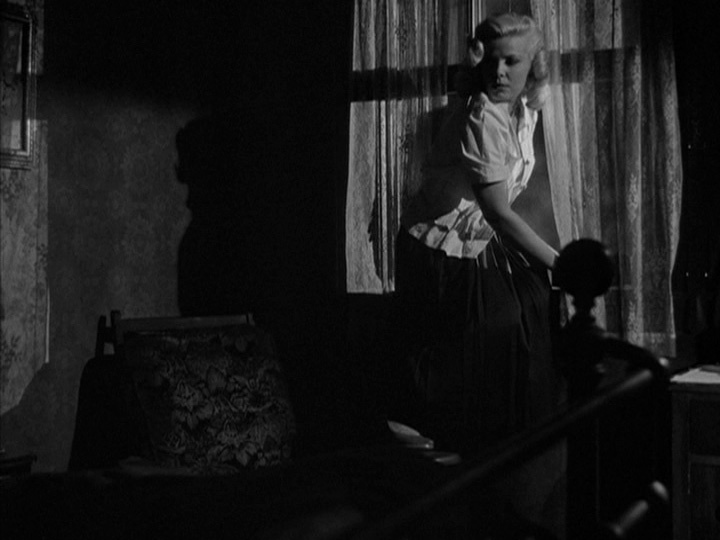 |
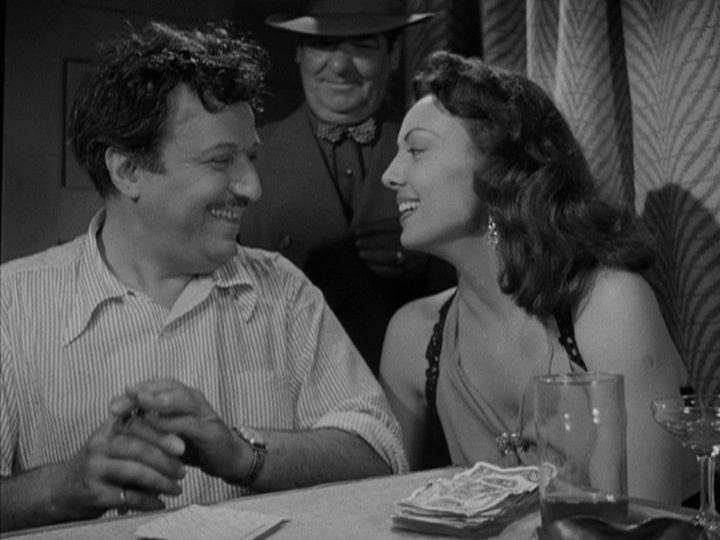 |
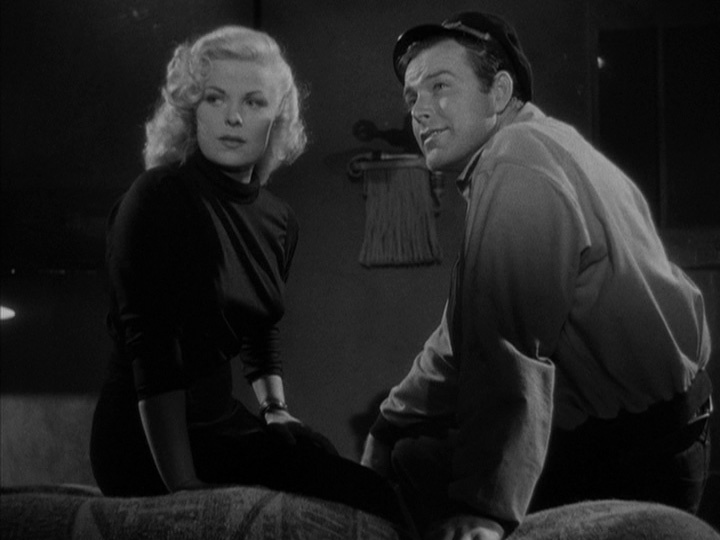 |
Women's Prison (1955)
|
|
|
|
|
|
|
|
|
|
Over-Exposed (1956)
|
|
|
|
|
|
|
|
|
|


